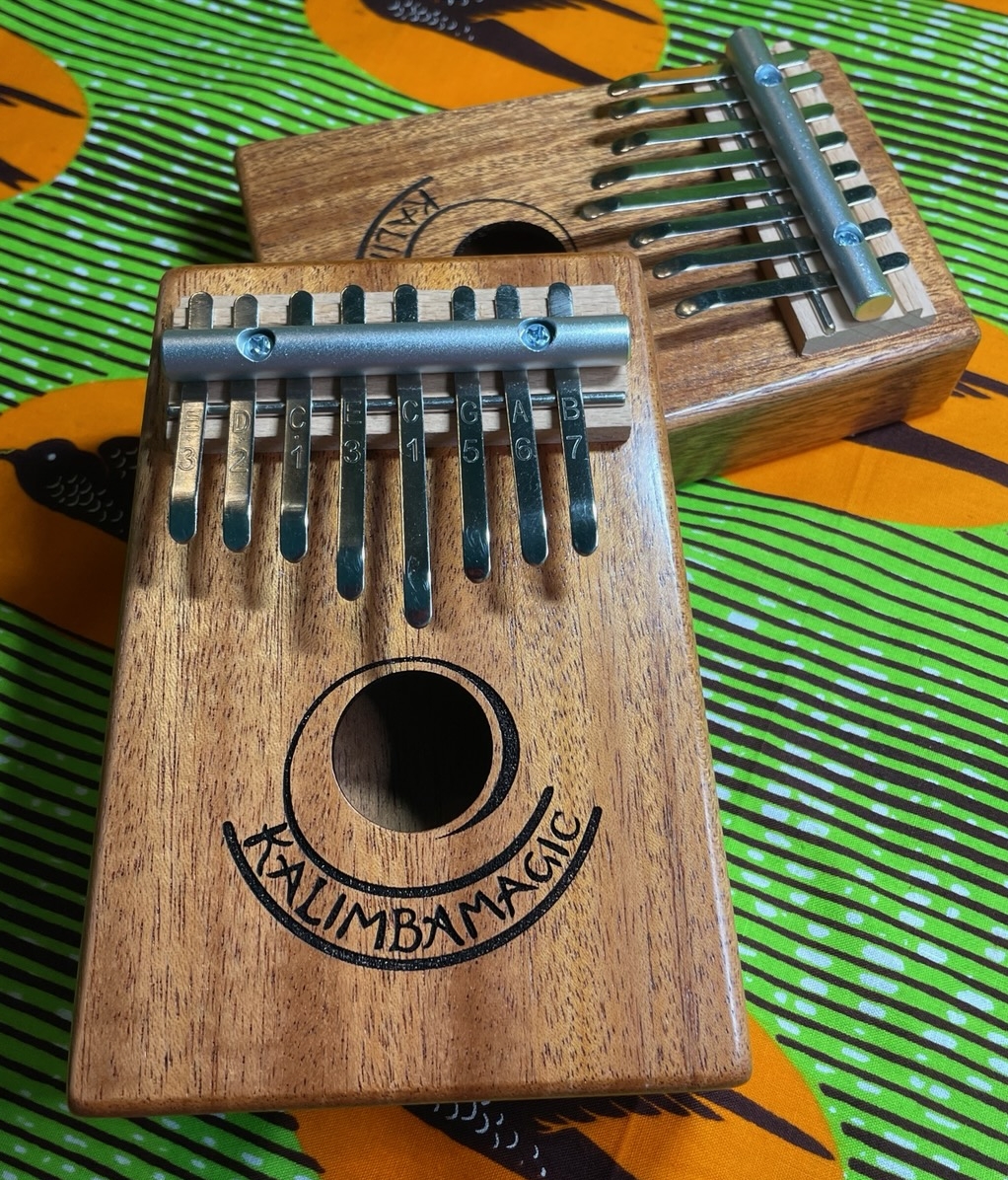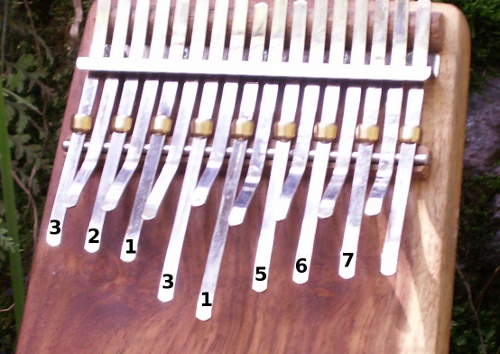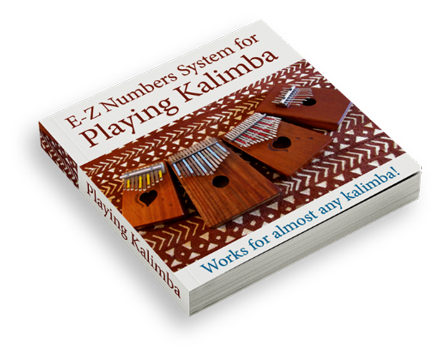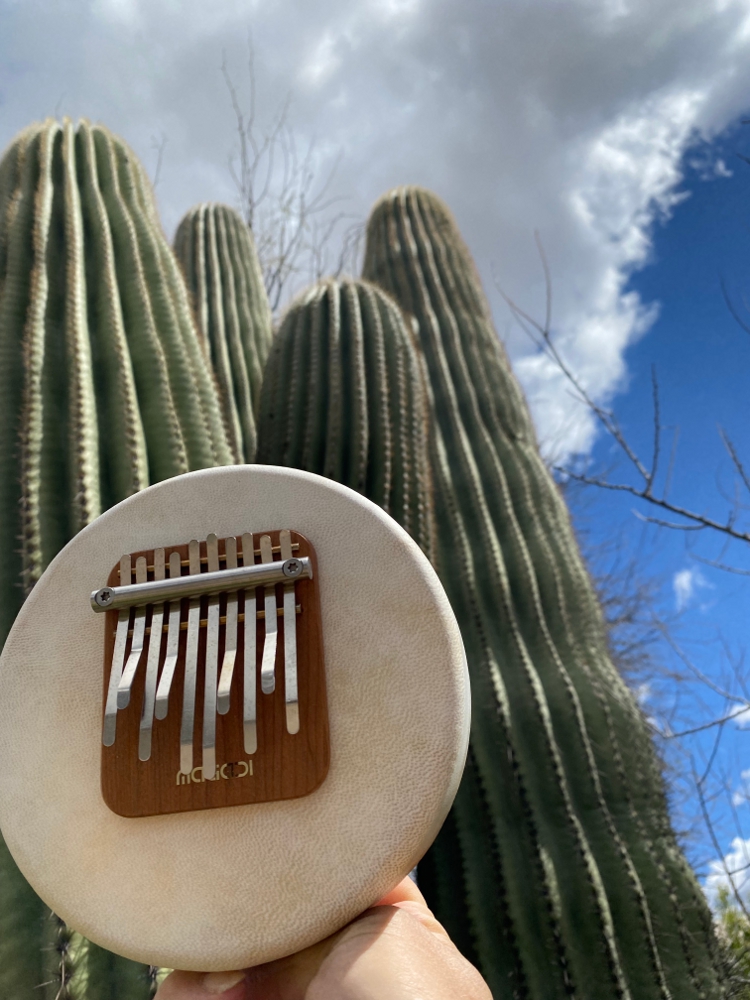
Use of this website constitutes acceptance of the Privacy Policy and User Agreement. Copyright © 2020 Kalimba Magic. All Rights Reserved.
 What Exactly is This Kalimba?
What Exactly is This Kalimba?The 10-Note Spiral box kalimba has super sweet tines that are wider than typical kalimba tines, and have a nice feel to place. The 10-Note Spiral Box kalimba may be retuned to an 8-Note Student Karimba in C. If you would like the kalimba with unstamped tines, that is an option too. However, as this traditional African tuning is a bit out of the ordinary, you may want to get yours with the note names and numbers stamped on the tines.
When Portugese priest Father Dos Santos encountered the kalimba in southern Africa in 1586, it very well could have been this tuning. That is what ethnomusicologist Andrew Tracey believes.
In 1954, Andrew’s father Hugh Tracey created the convention followed by almost all modern kalimbas – using the notes of the western diatonic (“do re mi fa so la ti do”) scale, and ascend the scale by alternating sides.
But this 8-note karimba is not made that way. It is arranged in a way that Andrew Tracey believes people have been playing for over 1000 years.
Get the 8-Note Box Student Karimba today!
Learn more about the Student Karimba. Andrew Tracey also calls it the “kalimba core”, because these notes are at the center of the African Tuned Karimba as well as the mbira dzavadzimu and other traditional instruments his father Hug Tracey archived in southern Africa. He also asserts that it is the “original mbira”, based on circumstantial evidence (such as the account by Father Dos Santos). I call it the Student Karimba because, as it reproduces 8/9 of the low notes of the 17-Notee African Tuned Karimba, it is a perfect learning instrument for the full karimba:



Sign up for our newsletter and free resources with your email address:
We pinky promise not to spam you and to only send good stuff.
 Assist Paul Tracey Rebuild His House in Pacific Palisades
Assist Paul Tracey Rebuild His House in Pacific Palisades 8-Note Spiral Kalimba Turned into a Student Karimba
8-Note Spiral Kalimba Turned into a Student Karimba Seek to Infuse Your Musical Moments With Beauty and Magic
Seek to Infuse Your Musical Moments With Beauty and MagicUse of this website constitutes acceptance of the Privacy Policy and User Agreement. Copyright © 2020 Kalimba Magic. All Rights Reserved.